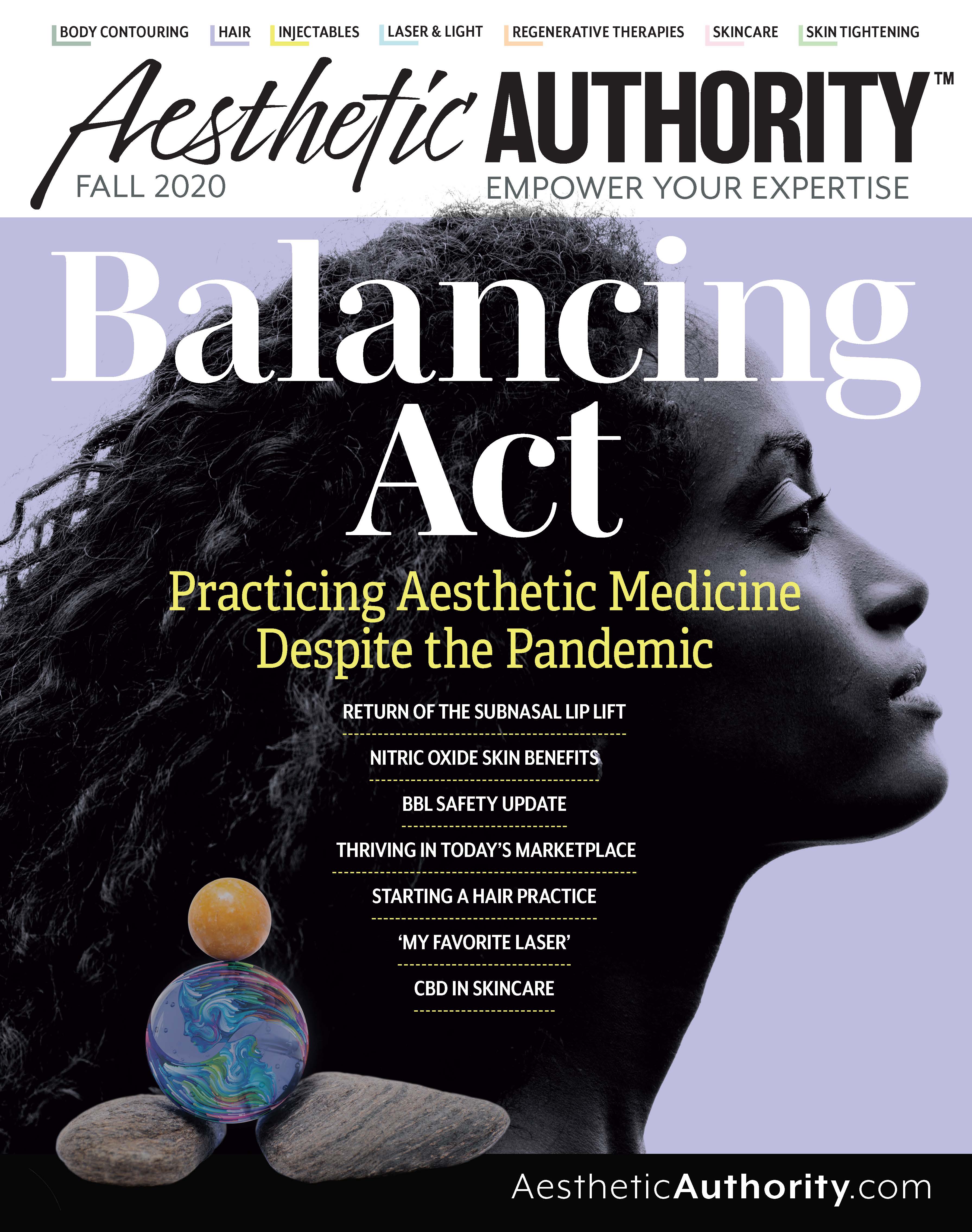- Case-Based Roundtable
- General Dermatology
- Eczema
- Chronic Hand Eczema
- Alopecia
- Aesthetics
- Vitiligo
- COVID-19
- Actinic Keratosis
- Precision Medicine and Biologics
- Rare Disease
- Wound Care
- Rosacea
- Psoriasis
- Psoriatic Arthritis
- Atopic Dermatitis
- Melasma
- NP and PA
- Skin Cancer
- Hidradenitis Suppurativa
- Drug Watch
- Pigmentary Disorders
- Acne
- Pediatric Dermatology
- Practice Management
- Prurigo Nodularis
- Buy-and-Bill
Publication
Article
Aesthetic Authority
Examining PRFM for Skin Improvements
Author(s):
Researchers report on a 12-week randomized, placebo-controlled, single-center study with the Canfield VISIA Complexion Analysis System to examine the effect platelet-rich fibrin matrix has on the skin.
Platelet-rich fibrin matrix (PRFM) is used as a dermal filler in aesthetic medicine to restore volume, soften fine lines and wrinkles, and address other concerns such as scars and stretch marks. But what exactly is the effect it has on the skin?
That’s what authors of a recent study wanted to know.
In the article, “The Effect of Platelet-Rich Fibrin Matrix on Skin Rejuvenation: A Split-Face Comparison,” an accepted manuscript in the Aesthetic Surgery Journal, researchers conducted a 12-week randomized, placebo-controlled, single-center study with the Canfield VISIA Complexion Analysis System to examine the effect PRFM has on the skin. The VISIA system scores skin parameters for spots, wrinkles, texture, pores, UV spots, brown spots, red areas, and porphyrins.
A total of 30 patients (mean, 50 years of age) were injected in the mid-cheek region and nasolabial fold with PRFM on one side of the face and saline on the other. VISIA skin scores were collected for each group for comparison at 6 and 12 weeks.
Scores at the 6-week evaluation showed a median decrease of -1.77 (2.36) in the PRFM group and -0.73 (2.09) in the saline group (p=0.003). Texture was the only skin parameter that resulted in a significantly different change in score (p=0.004). At the 12-week evaluation, median improvement between groups was -1.31 (3.26) for PRFM and -0.76 (2.21) for saline (p=0.34). None of the skin parameters reached statistical significance.
Based on these results, the authors conclude that skin quality can be improved with PRFM compared to placebo.
“Texture was the only skin parameter that significantly improved, which is consistent with PRFM's role as a filler agent,” they write. “The results appear to persist for at least 6 weeks.”
Reference:
Shirley Hu, MD, Michael Bassiri-Tehrani, MD, Manoj T Abraham, MD FACS. The Effect of Platelet-Rich Fibrin Matrix on Skin Rejuvenation: A Split-Face Comparison. Aesthetic Surgery Journal. Accepted manuscript. https://doi.org/10.1093/asj/sjaa244






